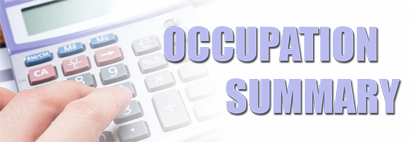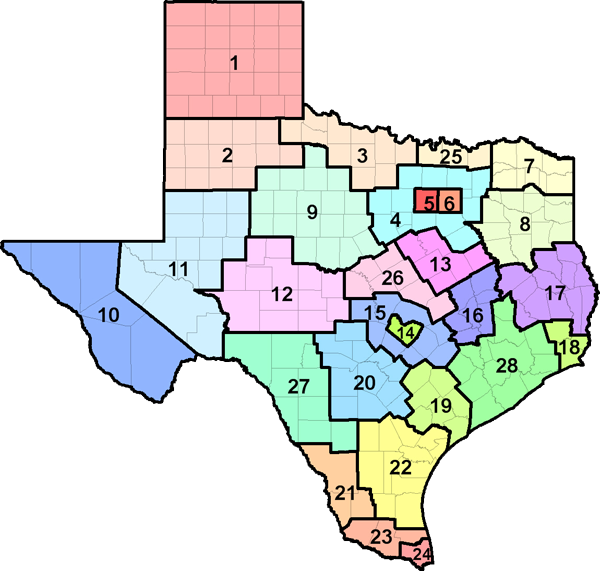The U.S. Department of Labor has developed an automated occupational information database, O*NET, that identifies and describes work content, work skills, and training requirements for all jobs across the country in all sectors of the economy. Much of the occupational information contained in this report is derived directly from the O*NET database, and supplemented with information from the Bureau of Labor Statistics, Census Bureau, and Labor Market and Career Information.

| Industry | % of Self-Enrichment Teachers employed | Annual Growth Rate |
|---|---|---|
| Other schools and instruction | 39.9 | 0.31 |
| Other amusement and recreation industries | 5 | 0.96 |
| Elementary and secondary schools | 3.1 | 0.35 |
| Performing arts companies | 2.7 | 0.60 |
| Civic and social organizations | 2.4 | 0.34 |
| 2024 Statewide average hourly wage | $19.02 |
| 2024 National average hourly wage | $25.64 |
| 2022 National employment | 354,700 |
| 2022 Texas employment | 37,419 |
| Texas projected employment by 2032 | 42,840 |
| Texas projected annual employment and Turnover openings through 2032 | 5,324 |

| Region | Employment | Projected Employment 2032 | Projected Annual Openings 2032 |
Annual Growth Rate |
Average Income |
|---|---|---|---|---|---|
| Texas (all regions) | 37,419 | 42,840 | 5,324 | 1.36% | $39,569.00 |
| Top 10 Relevant Knowledge Areas | Relevant Importance Levels |
|---|---|
| Education and Training Knowledge of principles and methods for curriculum and training design, teaching and instruction for individuals and groups, and the measurement of training effects. |
|
| Customer and Personal Service Knowledge of principles and processes for providing customer and personal services. This includes customer needs assessment, meeting quality standards for services, and evaluation of customer satisfaction. |
|
| English Language Knowledge of the structure and content of the English language including the meaning and spelling of words, rules of composition, and grammar. |
|
| Sociology and Anthropology Knowledge of group behavior and dynamics, societal trends and influences, human migrations, ethnicity, cultures, and their history and origins. |
|
| Computers and Electronics Knowledge of circuit boards, processors, chips, electronic equipment, and computer hardware and software, including applications and programming. |
|
| Psychology Knowledge of human behavior and performance; individual differences in ability, personality, and interests; learning and motivation; psychological research methods; and the assessment and treatment of behavioral and affective disorders. |
|
| Mathematics Knowledge of arithmetic, algebra, geometry, calculus, statistics, and their applications. |
|
| Foreign Language Knowledge of the structure and content of a foreign (non-English) language including the meaning and spelling of words, rules of composition and grammar, and pronunciation. |
|
| Communications and Media Knowledge of media production, communication, and dissemination techniques and methods. This includes alternative ways to inform and entertain via written, oral, and visual media. |
|
| Sales and Marketing Knowledge of principles and methods for showing, promoting, and selling products or services. This includes marketing strategy and tactics, product demonstration, sales techniques, and sales control systems. |
| Top 10 Relevant Skill Areas | Relevant Importance Levels |
|---|---|
| Speaking Talking to others to convey information effectively. |
|
| Active Listening Giving full attention to what other people are saying, taking time to understand the points being made, asking questions as appropriate, and not interrupting at inappropriate times. |
|
| Learning Strategies Selecting and using training/instructional methods and procedures appropriate for the situation when learning or teaching new things. |
|
| Instructing Teaching others how to do something. |
|
| Critical Thinking Using logic and reasoning to identify the strengths and weaknesses of alternative solutions, conclusions, or approaches to problems. |
|
| Active Learning Understanding the implications of new information for both current and future problem-solving and decision-making. |
|
| Reading Comprehension Understanding written sentences and paragraphs in work-related documents. |
|
| Monitoring Monitoring/Assessing performance of yourself, other individuals, or organizations to make improvements or take corrective action. |
|
| Social Perceptiveness Being aware of others' reactions and understanding why they react as they do. |
|
| Coordination Adjusting actions in relation to others' actions. |
| Top 10 Relevant Abilities | Relevant Importance Levels |
|---|---|
| Oral Expression The ability to communicate information and ideas in speaking so others will understand. |
|
| Oral Comprehension The ability to listen to and understand information and ideas presented through spoken words and sentences. |
|
| Speech Clarity The ability to speak clearly so others can understand you. |
|
| Speech Recognition The ability to identify and understand the speech of another person. |
|
| Near Vision The ability to see details at close range (within a few feet of the observer). |
|
| Written Comprehension The ability to read and understand information and ideas presented in writing. |
|
| Deductive Reasoning The ability to apply general rules to specific problems to produce answers that make sense. |
|
| Written Expression The ability to communicate information and ideas in writing so others will understand. |
|
| Information Ordering The ability to arrange things or actions in a certain order or pattern according to a specific rule or set of rules (e.g., patterns of numbers, letters, words, pictures, mathematical operations). |
|
| Category Flexibility The ability to generate or use different sets of rules for combining or grouping things in different ways. |